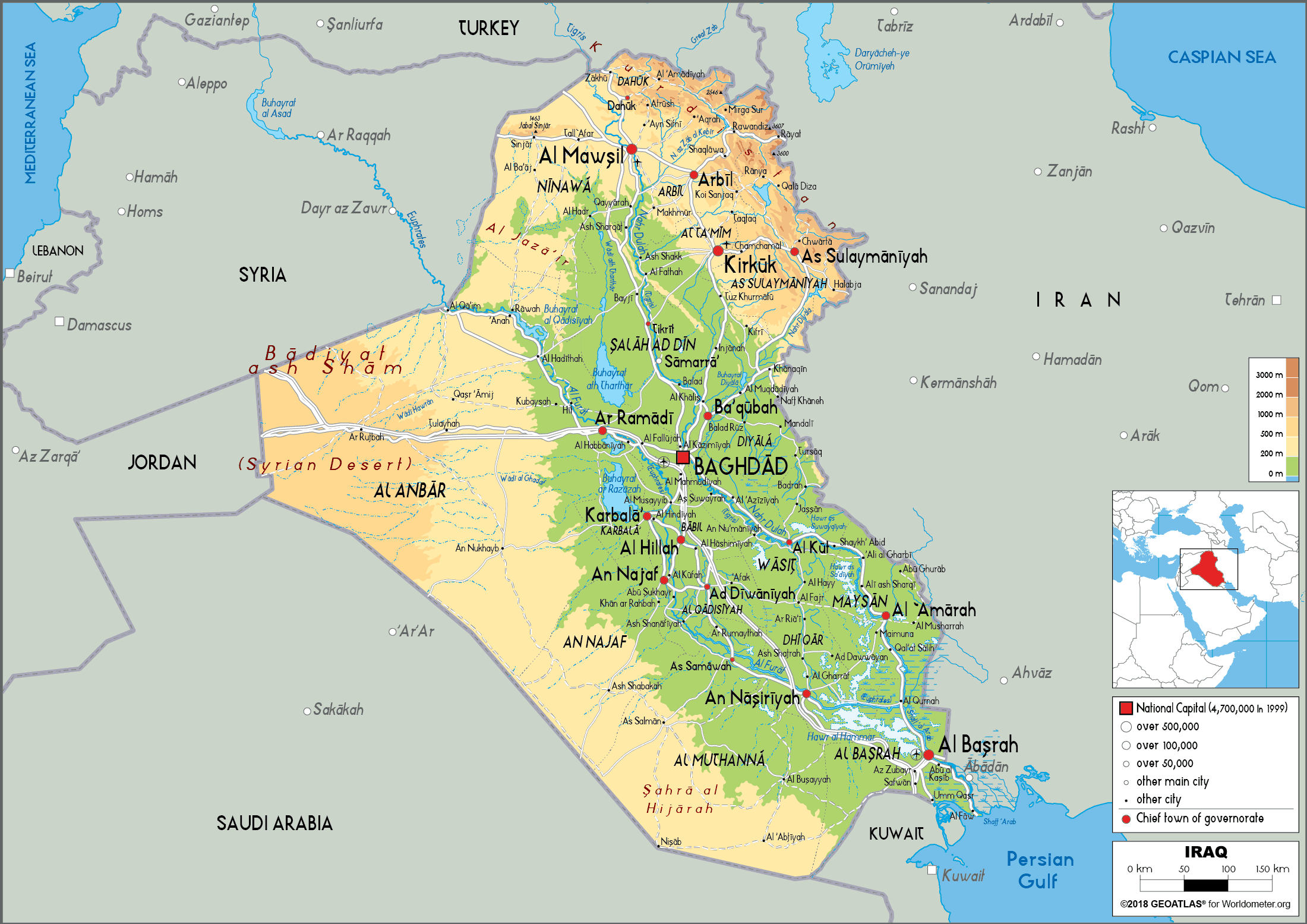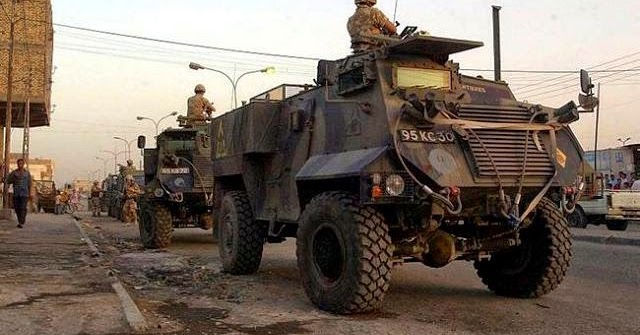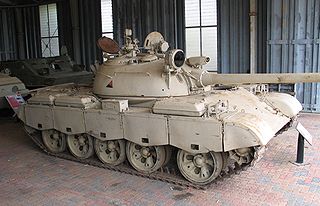- Jan 6, 2018
- 13,692
Over the last week and a half, the focus across the entirety of the British Armed Forces was the safe deployment to a staging area, namely, Cyprus. Delivering troops and supplies from the United Kingdom to RAF Arkotiri was a massive logistical task. Something that the Government hadn't expected to give the all clear for. Whilst there was an intention for having boots on the ground, and a dire need for such, the primary focus was turning to the Royal Air Force. It was vital for coalition forces to have a high air presence and aim to achieve air superiority. The combined effort of Tornado's, E-3 Sentry and TriStar Aircraft would give the Air Force the capability to extend into an air defence role over Syria. A requirement to permit the movement of British assets into the country. Supporting this new operation, the entire segment were to depart from Cyprus and re-locate to the Al Qusayr airbase in Syria. This has been designated as the official launch platform for Royal Air Force operations, containing:
[2] Boeing E-3D Sentry [KNIGHT006, KNIGHT007]
[24] Panavia Tornado GR-4 [LANCER001-LANCER024]
[12] Panavia Tornado ADV F3 [CHAOS001-CHAOS012]
[2] Lockheed TriStar KC1 for Refuel Missions [COYOTE021,COYOTE022]
It had become a provision to have six Tornado ADV F3s as a Quick Reaction Alert, crews on 24/7 standby and the aircraft fully armed with a 1 × 27 mm revolver cannon, 4 AIM-i Sidewinder missiles and 4 British Aerospace AIM-120 AMRAAM missiles. During that time, a TriStar would also be expected to be airborne to provide air to air refueling if required. If, under the scenario a QRA is launched, the rest of the ADV Fleet would be armed and ready to deploy under short notice. During the stationing at Al Qusayr, an E-3D was to be airborne at all times, taking shifts between KNIGHT006 and KNIGHT007. Engaging in circular motions with the radars constantly active, transmitting information across the coalition and other British Command Assets. Following this, the Syrian Government were informed that British Air assets were now available to offer close air support to ground forces. @Strix Equally, this message was relayed to all coalition forces to mark that the Royal Air Force is open for business.
On the coast of Cyprus stood two Bob Hope Class carriers, RFA Thames and RFA Holden. Each containing hundreds of pieces of equipment and vehicles for the British Army. They had been given the clearance to make forth and unload the equipment in a Syrian Port. To support this, 50 troops from the 1st Air Assault Support Regiment were transported to the vessel via Chinook to each vessel. Their objective was to unload all the equipment safely and maintain it pending field deployments which looked to be occurring in the coming days. From the UK, 11 Squadron had received orders for imminent deployment to Cyprus which was a further 12 Tornado ADV F3s, these would be a second stage for any response to enemy air assets in the region and to escort more vulnerable units. Departing unarmed, they could safely make the journey although would refuel if necessary via tankers based in Cyprus. Following the request for landing permission at Brize Norton, the USAF was contacted and requested they divert to RAF Fairford, a more absent base with suitable facilities. This was down to the amount of activity at Brize Norton due to the deployments to Iraq so would cause unnecessary traffic. However, RAF Fairford was available for USAF deployments. @John
























/arc-anglerfish-arc2-prod-mco.s3.amazonaws.com/public/6FILL2JNHZEEDLQYAALWWXAWE4.jpg)











